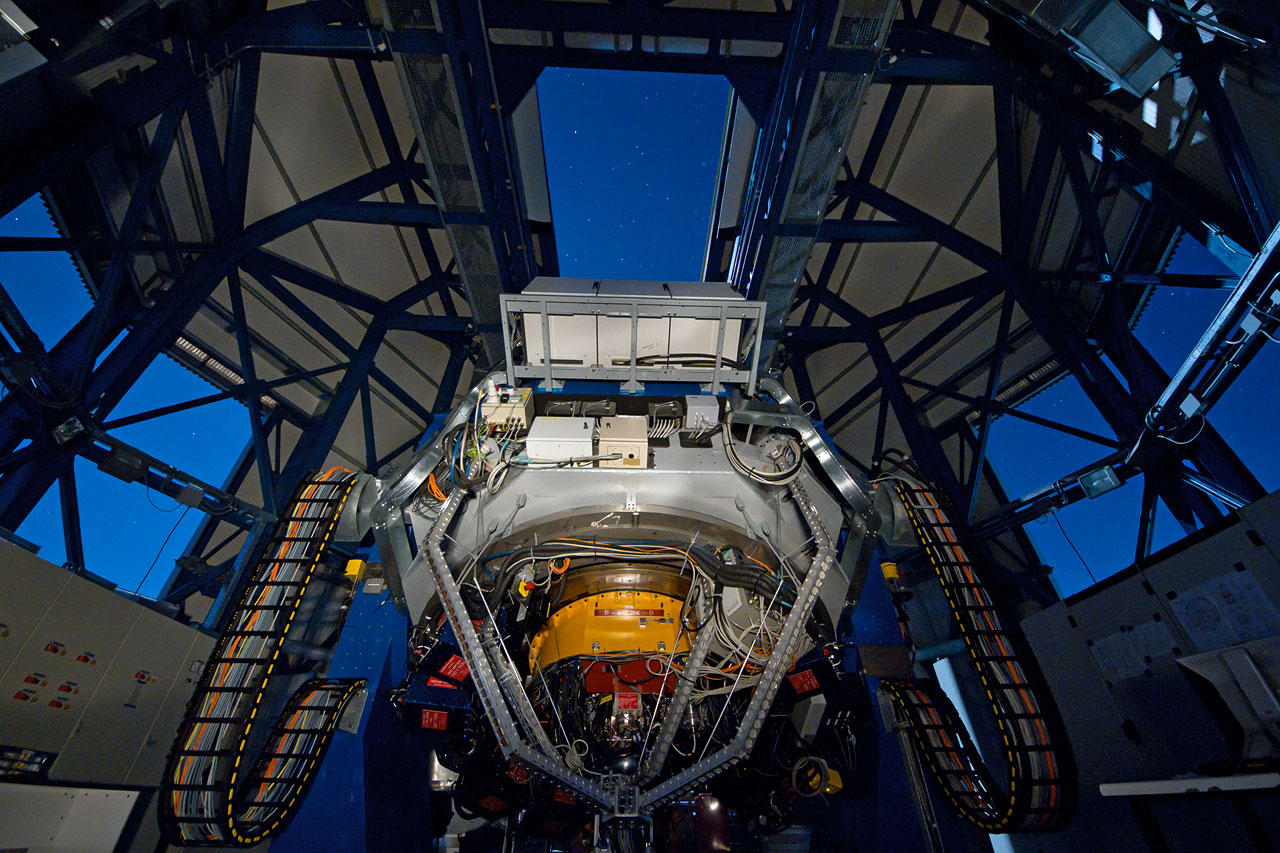Imaging Surveys: Cosmology via Quasars and Galaxy Clusters
Evidence from the high redshift supernova Hubble diagram suggests that the expansion of the Universe is accelerating. If this acceleration is driven by Dark Energy then the immediate interest is to derive the dark energy equation of state and its evolution with redshift. The next generation of wide-field surveys provide powerful tools to address such fundamental questions via baryon acoustic oscillations and redshift space distortions, as well as other controversial cosmological questions such as the amplitude of dark matter fluctuations on ~8Mpc scales.
We are currently preparing to exploit new cosmological surveys with potentially as much impact as the previous Sloan Digital Sky Survey and 2dF Galaxy Redshift surveys. We first wish to exploit a new generation of imaging surveys, principally the ESO VLT Survey Telescope (VST) ATLAS (PI Shanks) and the VISTA VIKING (PI Edge) surveys and their various extensions. These surveys, when combined with their twin VISTA Hemisphere and VST KiDS surveys, provide optical-near-IR ugrizYJHK coverage over much of the Southern Hemisphere. ATLAS has already covered ~4000 sq deg of sky.
 |
| The VST imaging telescope shortly after commissioning in August 2011. |
Staff involved with this project at Durham include Tom Shanks, Alastair Edge, Peder Norberg and Nigel Metcalfe.
Contact Details
Centre for Extragalactic Astronomy,Ogden Centre for Fundament Physics - West,
Department of Physics,
Durham University,
South Road,
Durham DH1 3LE
Tel: 44 (0)191 3343635





